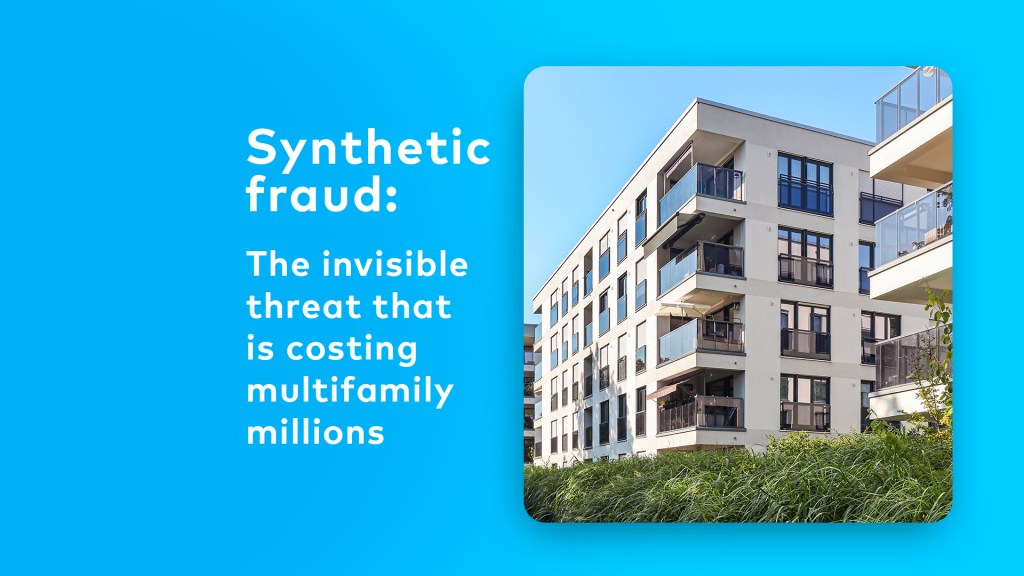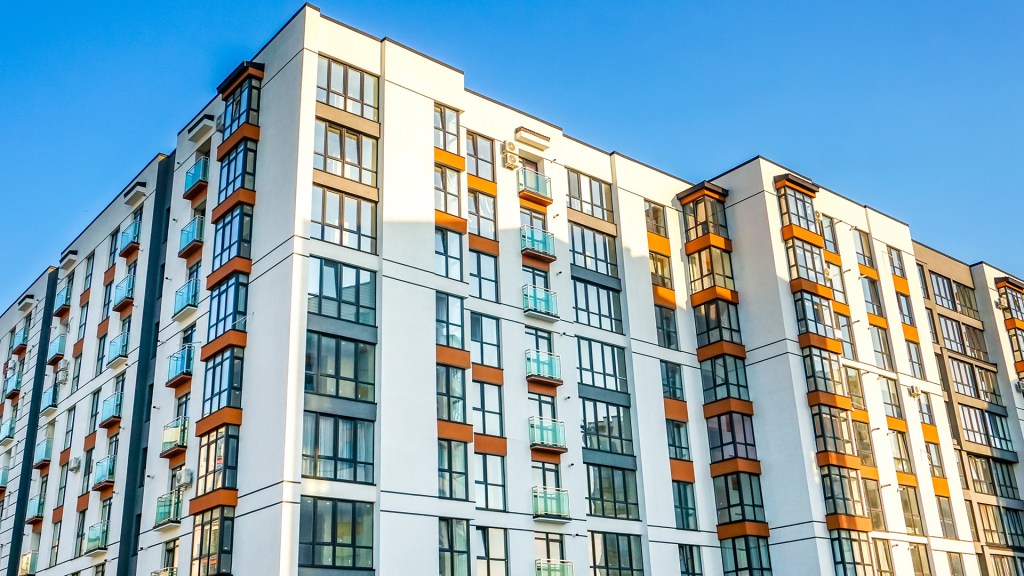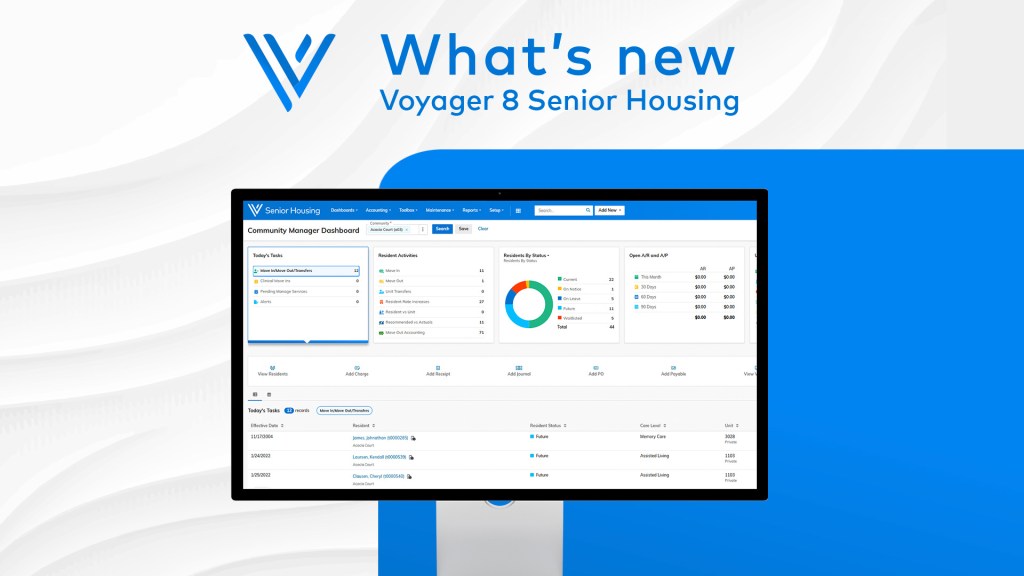By Nik Edlinger on January 23, 2020 in Technology
Early January is a special time of the year for the technology-inclined. Tens of thousands flock to Las Vegas for four days to feast their eyes on the latest inventions and innovations at CES.
There were over 4,500 exhibitors clamoring for attention this year. But hidden among them were a surprisingly large number of vendors who’ve turned their attention to one of the biggest changes of the coming decade – our aging population.

The vast majority of seniors prefer to age in place, staying in their homes as long as possible. But just as many underestimate how much support they will need as they grow older. Currently, only one-third believe they will eventually need long-term care services, but the actual rate is near 70%.
To add another misconception to the pile, many seniors believe that Medicare will cover them in these cases. But Medicare, as it exists now, provides for skilled medical care — think hospital stays and rehab. Though there have been some motions in the Medicare Advantage space to accommodate long-term services and supports, many of tomorrow’s seniors are likely to be underprepared for the costs of growing older.
Which is why we’re thrilled that more and more technology developers are focusing on senior living and creating unique ways to help. Here are five of our favorites from CES 2020 for upcoming technology with the potential to change the way we age.
A robot ball that recognizes falls
If you’ve watched any of the new Stars Wars films, you can see where the inspiration for Samsung’s new creation might have come from. Called Ballie, this palm-sized rolling robot can follow its owner around the home, communicating with other smart devices, interacting with household pets and — most useful for caregivers — keeping an eye out for potential falls. It can then call 911 for help if the senior can’t get up.
Sensors that identify the unusual
There’s nothing new about the idea of checking in on older adults through a monitoring system. But many of those used today rely on cameras, which can veer uncomfortably close to Big Brother for some. Enter Peace of Mind from Caregiver Smart Solutions. The kit includes sensors for motion, humidity, temperature and more to track a loved one’s activities without putting them on a screen. If the system notices something out of the norm in their sleeping, eating or other daily patterns, it can alert a caregiver.
An app that scans your home for safety fixes
If the plan is to age in place, then the first step is to make sure the place is safe to age in. Part of AARP Innovation Labs, HomeFit AR is an augmented-reality camera app for smartphones that spots appliances, furniture and other household elements that might pose a risk to seniors. It draws on guidance from AARP’s HomeFit guide to provide suggestions right on the screen. It’s a clever, simple way to figure out what needs to change in your own home.
A wand that diagnoses medical conditions
No magic here but science. The MedWand combines a range of diagnostic tools into a Swiss-army-knife-esque handheld device that allows caregivers to check biometrics like heart rate, temperature and blood oxygen levels. The results can then be shared with a doctor in real time. Monitoring vital signs and conditions can be tough for caregivers with no official medical training, hence why this device snagged an award at the show.
A cybernetic finger that augments your grip
File this one under “cyborg superpower.” As you age, you naturally lose hand strength, which makes many daily tasks that much harder. Existo’s Sixto aims to restore a senior’s dexterous independence by granting them a sixth, robotic finger. The device is worn like a bracelet around the wrist, supporting the digital digit underneath the palm. Opening and closing the finger is controlled through a ring on the second hand or through bands that detect movements in the arm muscles, allowing someone with motor trouble to easily grasp objects again.
These new showings at CES paint a promising picture for growing older in the 2020s. The decade has just started, but it already looks like seniors and their caregivers will have plenty of help to meet it head on.


